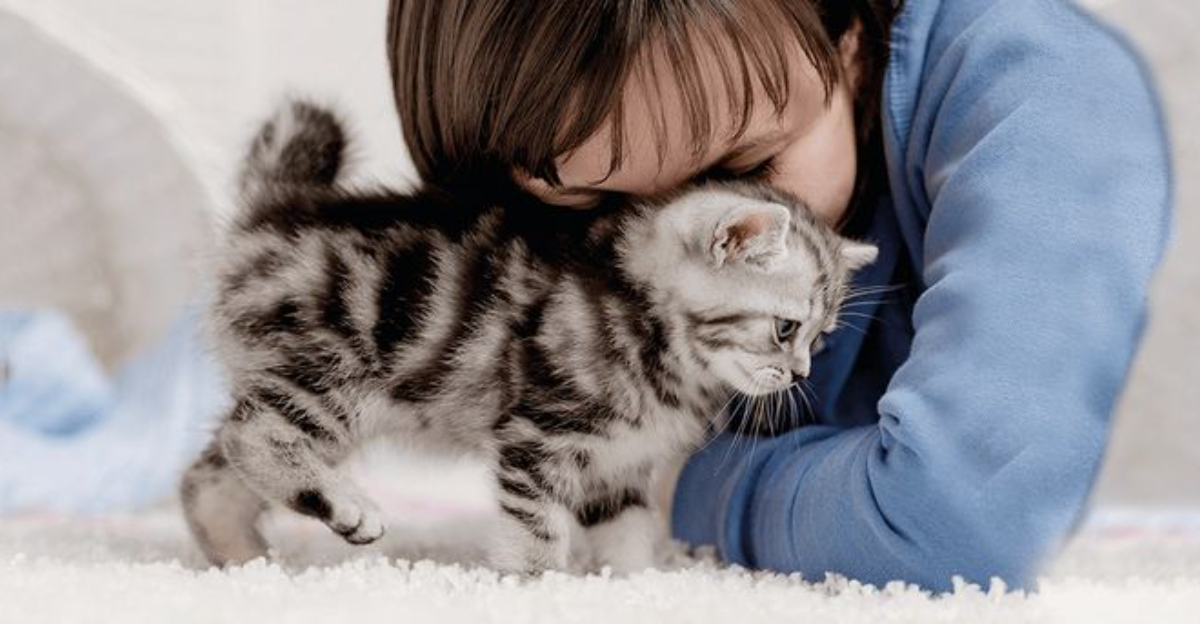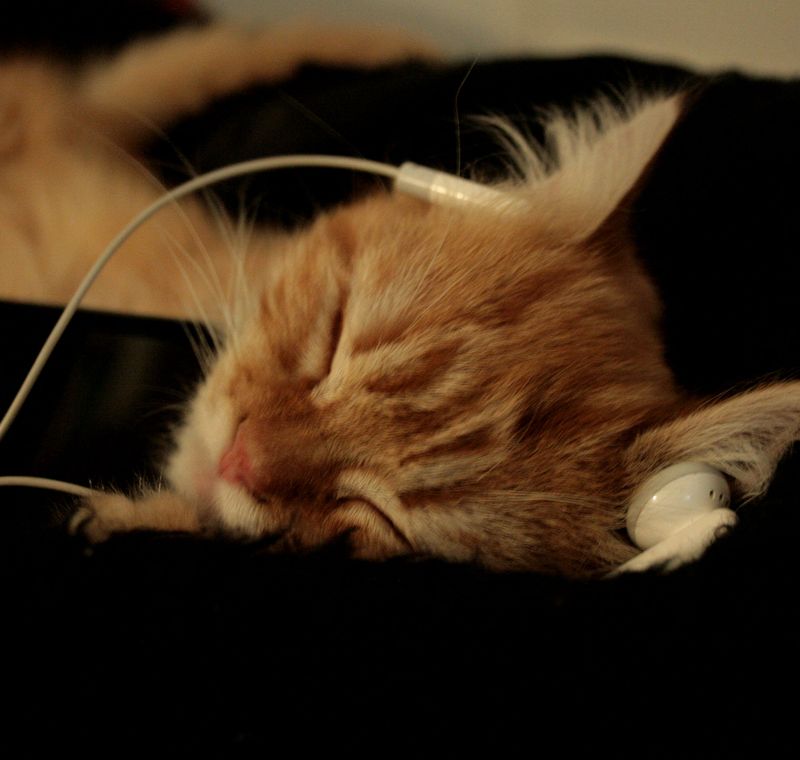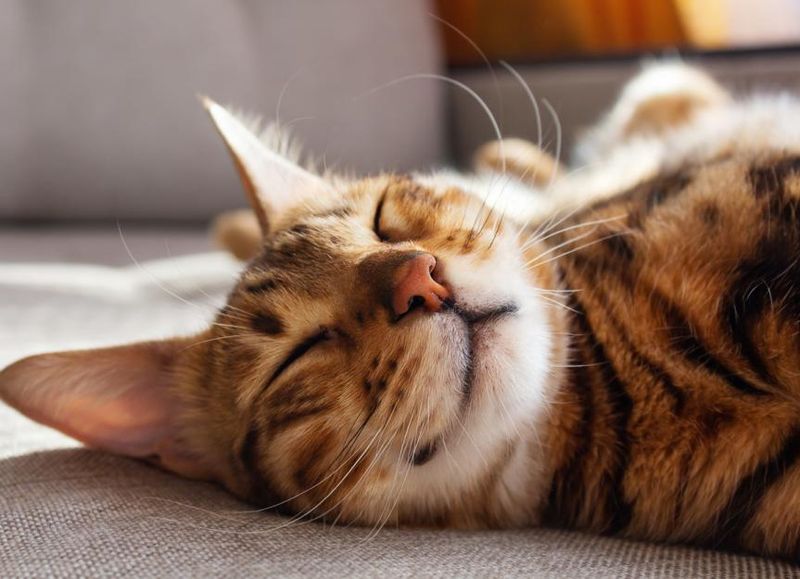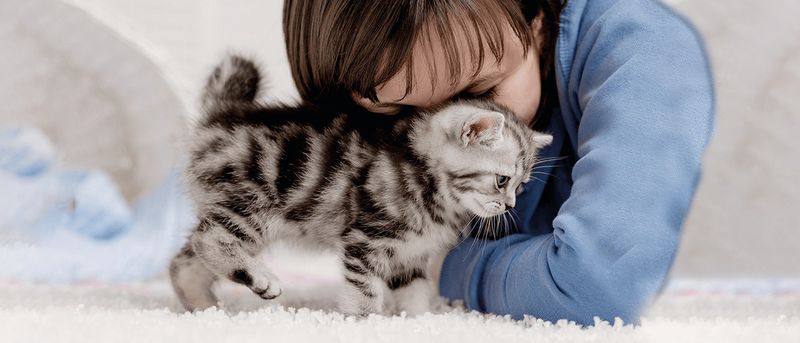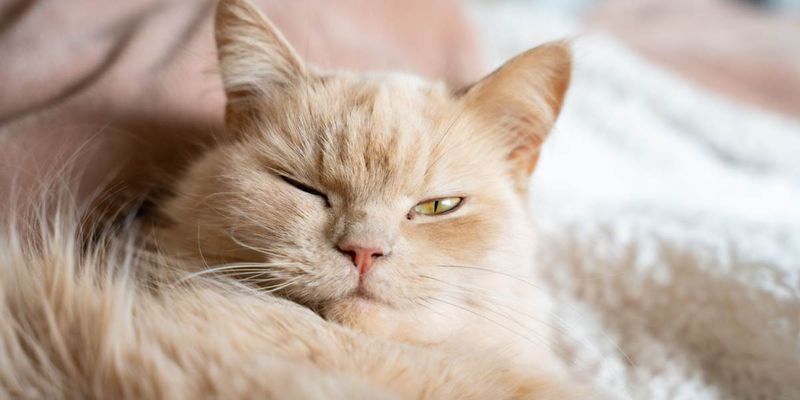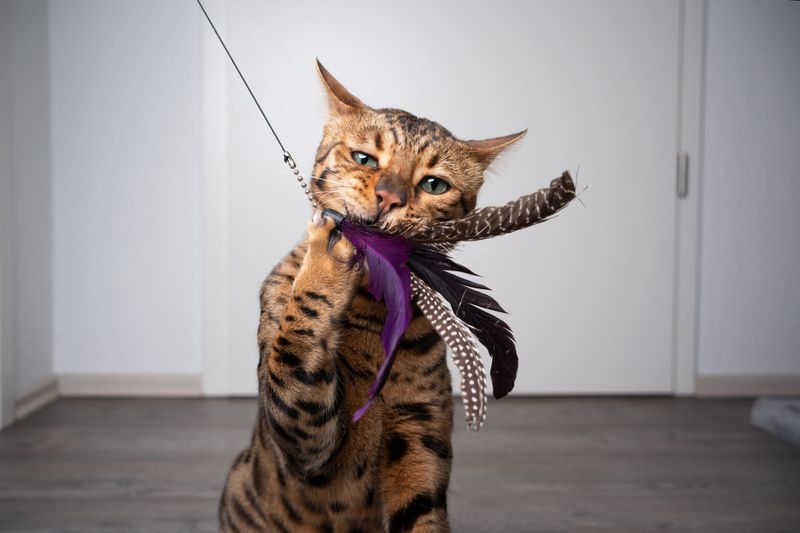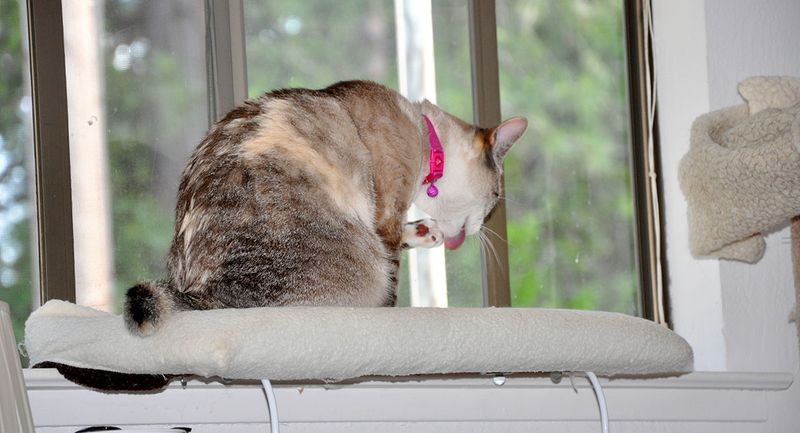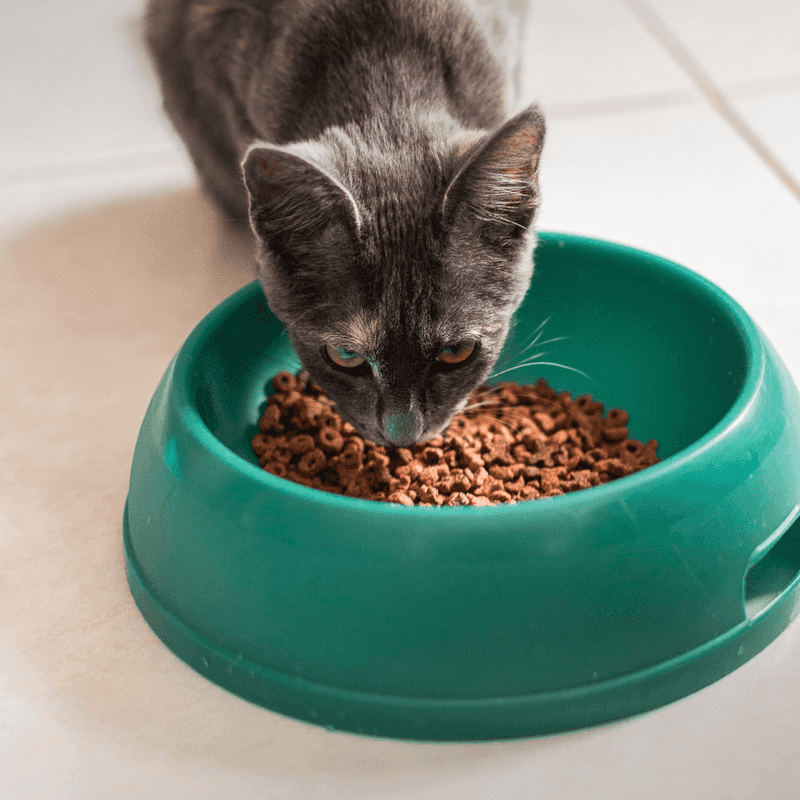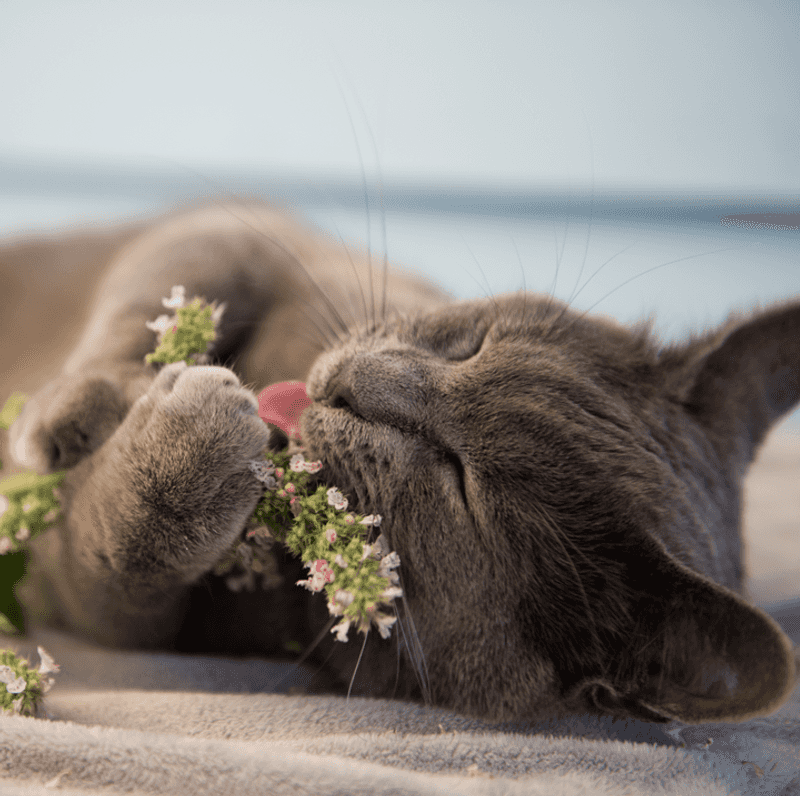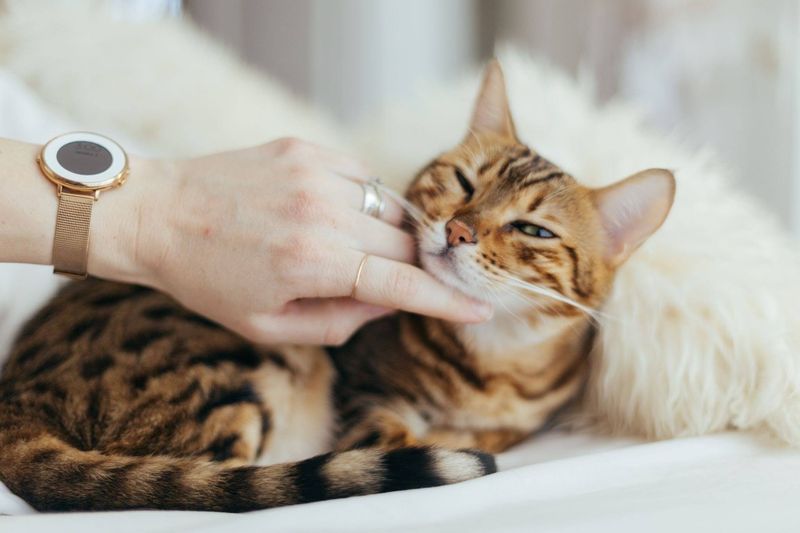📖 Table of Content:
- 1. Play Soft Classical Music
- 2. Create a Cozy Hideaway
- 3. Try Synthetic Feline Pheromones
- 4. Offer Gentle Head Scratches
- 5. Use Slow Blinking Communication
- 6. Engage in Interactive Wand Play
- 7. Provide Elevated Resting Spots
- 8. Maintain Consistent Feeding Routines
- 9. Use Calming Herbal Scents
- 10. Practice Gentle Massage Techniques
Cats may seem cool and collected most of the time, but they can get stressed, too. When your feline friend is anxious, knowing how to help them relax is super important for their health and happiness. These simple techniques can quickly turn a frazzled kitty into a calm companion, making life better for both of you.
1. Play Soft Classical Music
Gentle melodies work wonders for anxious cats. Research shows that classical music, especially pieces with slow tempos and minimal percussion, can lower a cat’s heart rate and reduce stress hormones in their system.
Many veterinary clinics use music therapy during exams or procedures. The steady, predictable patterns create a sense of security when your cat feels threatened by unfamiliar sounds.
Start with composers like Debussy or Mozart at a low volume. Your cat might initially seem indifferent, but watch for subtle signs of relaxation like slow blinking or relaxed whiskers.
2. Create a Cozy Hideaway
Cats instinctively seek small, enclosed spaces when feeling threatened. A dedicated hiding spot gives them control over their environment and a sense of security during stressful situations.
The ideal hideaway should be partially enclosed, allowing your cat to observe its surroundings while feeling protected. Place it in a quiet corner of your home, away from high-traffic areas and loud appliances.
Add familiar-smelling blankets or clothing items carrying your scent. This combination of security and familiar smells triggers comfort chemicals in your cat’s brain almost immediately.
3. Try Synthetic Feline Pheromones
Feline facial pheromones are natural chemicals cats release when they’re feeling safe and happy. Synthetic versions mimic these calming signals, telling your cat’s brain that everything is okay.
Available as diffusers, sprays, or wipes, these products can transform a stressful environment within minutes. They’re especially effective before vet visits, during thunderstorms, or when introducing new pets.
Most cats respond within 30 minutes of exposure. While not every cat reacts the same way, many owners report dramatic improvements in anxiety behaviors like hiding, excessive grooming, or inappropriate elimination.
4. Offer Gentle Head Scratches
Physical touch releases oxytocin in both cats and humans, creating an instant calming effect. The sweet spot for most cats is right between the ears or under the chin, where scent glands are concentrated.
Slow, rhythmic scratches mimic the grooming they received as kittens from their mother. This association with safety and comfort runs deep in their memory, making it particularly effective during anxiety.
Always watch your cat’s body language during petting. Dilated pupils or a twitching tail means it’s time to stop. When done correctly, you’ll notice your stressed cat’s eyes slowly closing and muscles visibly relaxing.
5. Use Slow Blinking Communication
Cats interpret direct staring as threatening. Slow blinking, however, communicates safety and trust in cat language. Behaviorists call this the “cat kiss” – it’s how cats show they feel secure enough to briefly close their eyes around you.
When your cat seems anxious, sit nearby without looming over them. Make soft eye contact, then slowly close your eyes for a few seconds before opening them again.
Many cats will return this gesture once they feel safe. This simple communication method works because it speaks directly to their instinctual understanding of body language, bypassing the stress response in their brain.
6. Engage in Interactive Wand Play
Physical activity releases pent-up energy and stress hormones. Wand toys with feathers or fabric attachments trigger a cat’s natural hunting sequence: stalk, chase, pounce, and “kill.” This complete cycle is deeply satisfying to their primal instincts.
Keep sessions short but intense – about 5-10 minutes works best. The goal isn’t to exhaust your cat but to engage their mind and body in a productive outlet for stress.
Allow your cat to “catch” the toy occasionally for maximum psychological benefit. The success of the hunt, even in play form, releases endorphins that counteract stress hormones and create an almost immediate calming effect.
7. Provide Elevated Resting Spots
Height equals safety in the feline world. When stressed, cats naturally seek higher ground where they can observe potential threats while feeling secure. Tall cat trees, window perches, or cleared bookshelf spaces fulfill this instinctual need.
The vertical advantage gives cats a sense of control over their environment. From their elevated position, they can monitor household activities without feeling vulnerable to surprises or perceived threats.
Make these spots extra inviting with soft blankets or beds. For maximum effectiveness, place elevated areas near windows where your cat can watch birds or nature – a natural form of stress-relieving entertainment that captivates their attention.
8. Maintain Consistent Feeding Routines
Food security is fundamentally linked to stress levels in cats. Regular mealtimes create predictability in an otherwise chaotic situation, giving your cat something stable to anchor their day around.
During particularly stressful events like moving or construction, stick to feeding schedules religiously. The familiar routine signals to your cat that, despite other changes, basic needs are still being met.
Consider puzzle feeders for anxious cats. These toys make cats work for their food, focusing their attention on the challenge rather than their stress. The mental stimulation combined with the reward of food creates a powerful distraction from anxiety.
9. Use Calming Herbal Scents
Certain plant scents have naturally calming effects on the feline nervous system. Valerian root and catnip might seem stimulating initially, but they often produce a mellowing effect about 10-15 minutes after exposure.
Dried chamomile or lavender (kept safely out of reach) can gently calm the environment. Place small sachets near your cat’s favorite resting spots, but never force them to interact with the scents.
Fresh cat grass provides both aromatherapy and a healthy chewing outlet. The familiar garden smell and natural grazing behavior satisfy primal instincts while releasing tension. Always introduce new scents gradually, watching for any adverse reactions.
10. Practice Gentle Massage Techniques
Specific massage techniques can trigger relaxation responses in stressed cats. Long, slow strokes from head to tail mimic maternal grooming, activating deeply ingrained comfort memories from kittenhood.
For particularly anxious cats, start with just the head and shoulders. Gently work your fingertips in small circles at the base of the ears or along the cheeks where scent glands are located. These areas release pleasurable sensations when touched properly.
Watch for signs of acceptance like purring or kneading. If your cat leans into your touch, gradually extend the massage to the back and base of tail. Always respect their boundaries – forced interaction will only increase stress.
